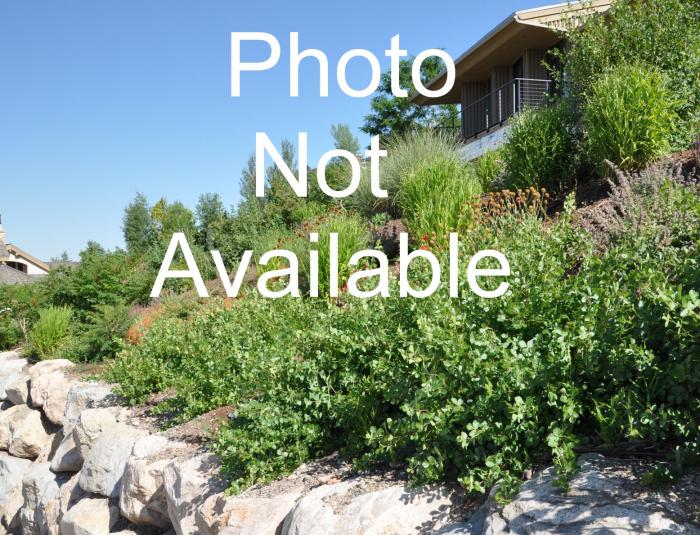| Botanical Name: Erodium chrysanthum | |
| Common Name: Yellow Storksbill |

-
Anatomy
-
Culture
-
Design
Plant Type
Perennial
Height Range
Under 1'
Flower Color
Yellow
Flower Season
Spring, Summer
Leaf Color
Grey Green, Silver
Bark Color
n/a
Fruit Color
n/a
Fruit Season
n/a
Sun
Full
Water
Low
Growth Rate
Slow
Soil Type
Sandy, Clay, Rocky
Soil Condition
Average, Poor, Well-drained, Dry
Soil pH
Neutral, Basic
Adverse Factors
n/a
Design Styles
English Cottage, Meadow, Mediterranean, Ranch, Spanish
Accenting Features
Showy Flowers
Seasonal Interest
Spring, Summer
Location Uses
Perennial Border, Parking Strip, With Rocks
Special Uses
n/a
Attracts Wildlife
n/a
Information by: Stephanie Duer
Photographer:
Photographer:
-
Description
-
Notes
Yellow Storksbill is a diminutive perennial with silvery green, ferny leaves that form a dense little mound 2 to 3 inches tall and 6 to 9 inches wide. The flowers are yellow and reminiscent of perennial geranium, and bloom in late spring; the flowers are fragrant. An alpine perennial, Yellow Storksbill is ideal for a rock garden, trough garden, dry stone walls, or parkstrips.
Storkbills grow in well-drained, gravelly loam soils in full sun. Too much moisture is fatal. Heat and drought tolerant.